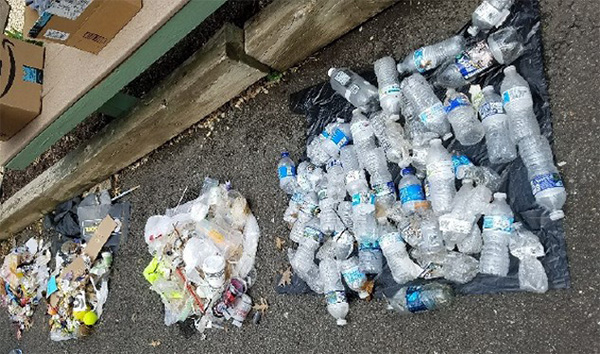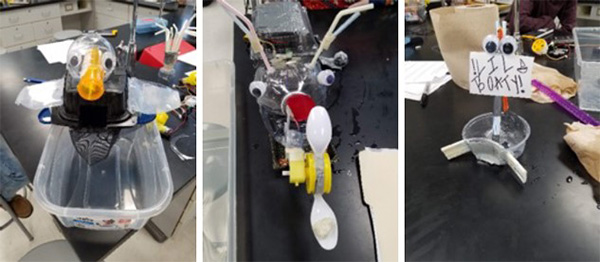How To Use Real-World Environmental Issues in Class
World Environment Day on 5 June is the biggest international day for the environment. This day gives us an opportunity to cherish all that our home provides for us. World Environment Day also provides an opportunity to reflect on our own actions that may be harmful to human health and diminish our resources.
Our students will be the next generation of problem-solvers. We need to instil the knowledge and the skills to adapt to change and find the solutions in an ever-changing world. Building STEM skills is a way to empower students to make connections between content areas and to be creative. When students engage in engineering design activities within their content area classes, their ideas can be limitless.
Using real-world environmental issues is an easy way to get students engaged and thinking critically about problems that may be affecting their own communities. A task as simple as walking around a schoolyard could have students realizing their school might have an issue with trash. This can lead to student action of campus-wide, or even community-wide, trash clean-ups.

Using issues that my students can visualize in their own communities led me to create a project based around the problem of plastic pollution. I was inspired by another innovative invention called Mr. Trash Wheel, which is found in Baltimore, Maryland’s Inner Harbour and prevents trash that runs off the Jones Falls Watershed from getting into the harbour and, therefore, the Chesapeake Bay. He is one of four trash wheels in the area.
I knew I could take this charismatic and innovative machine and use it to engage my students in a real-world problem of single-use plastics while building skills in engineering design. The task was to build their own trash interceptor while bringing awareness to the effects of single-use plastics on watersheds. To further tie in single-use plastics, the students had to build their model using only single-use plastics that they collected over several weeks. A 60-second public service announcement (PSA) would also be developed during the two-week-long project.
We used TI-Nspire™ CX II-T graphing calculators, along with TI-Innovator™ Hubs, to control DC motors. Students learned to use TI-Basic and write simple commands to make the motors move at the speed and duration they needed.
The results:

The students amazed me with their creativity. Each project had its own personality. They worked effectively in groups and were actively engaged during the entire four days of building, designing, and refining their projects. On the last day, a few groups were not quite ready to showcase their project. They had a little more tinkering to do and begged me to shorten their review for their final exam in favour of finishing their trash wheel. Now, when students ask you something like this, you know they are engaged in their learning!
Are you interested in trying out a similar project with your students? I recently had the opportunity to present a workshop on this at the education conference NSTA in Houston, Texas, with my good friend and colleague Stacy Thibodeaux. Check out the materials that we provided to workshop participants so they could take home and use the project with their students.
So, this World Environment Day, think creatively! See what innovative ideas your students can come up with. You never know how these experiences in the classroom may spark an interest in a student who may create the next important solution for our planet.
Also check out these T3 Europe activities:
- Dutch teacher Cathy Baars was inspired by the thrash wheel project. This video shows how she integrated sustainability in her physics class and what her students came up with.
- See our T3 Europe page with classroom activities on sustainability.
About the author: Jessica Kohout was a high school biology teacher for the last 17 years but recently transitioned to informal education. Currently, Kohout is the Youth Climate Institute Manager at the Howard County Conservancy. In or out of the classroom, Kohout believes that teaching students STEM skills along with civic engagement are the ways to improve the future for all. Follow her on Twitter and Instagram @MrsKohout.
